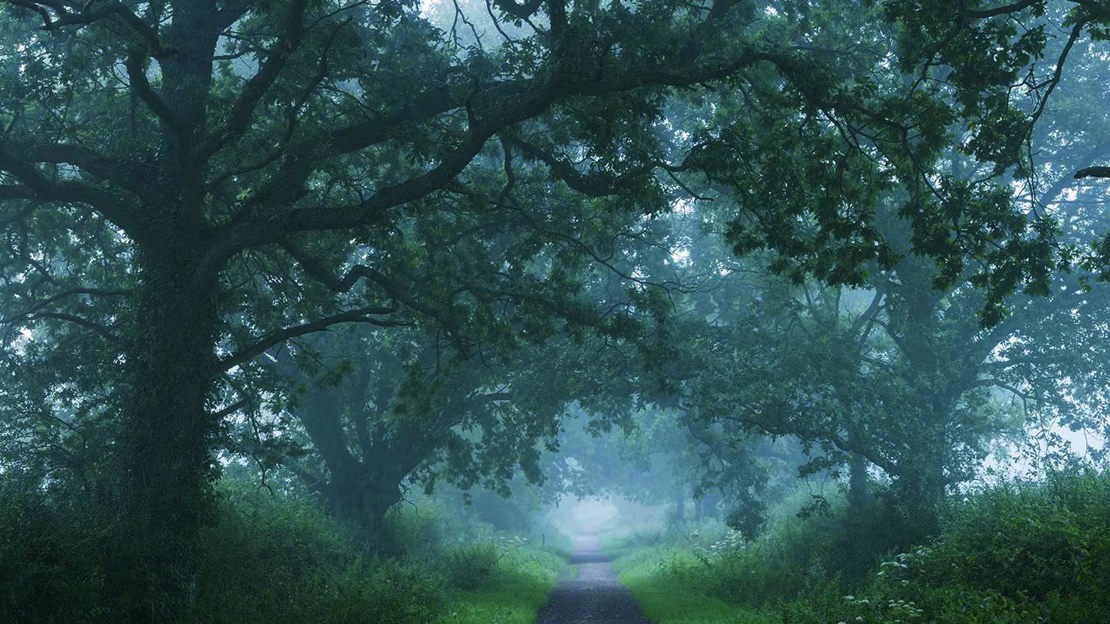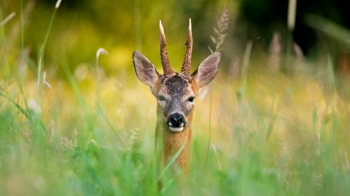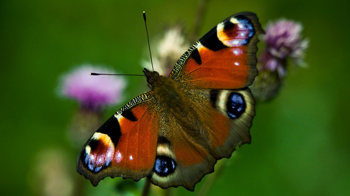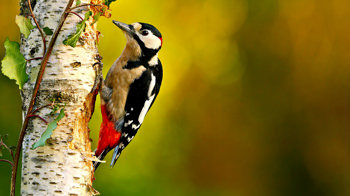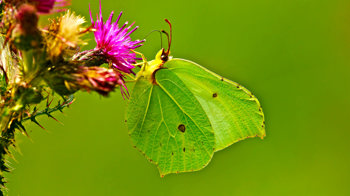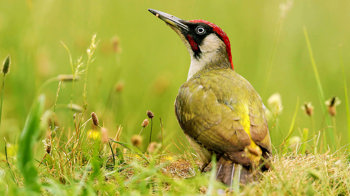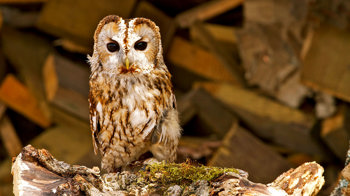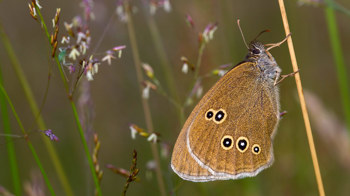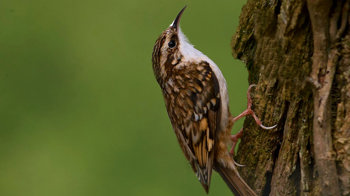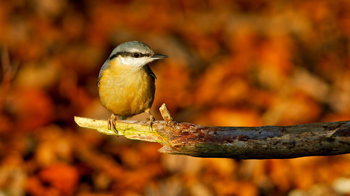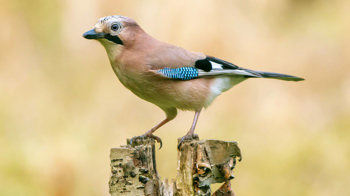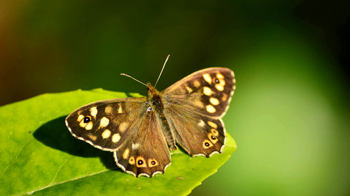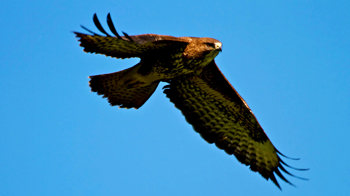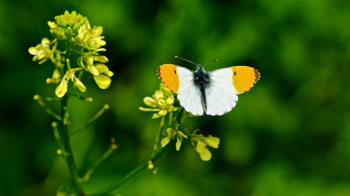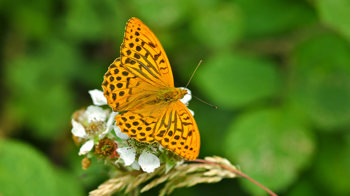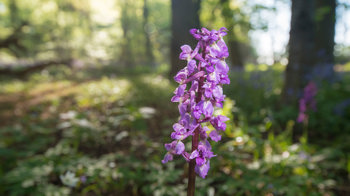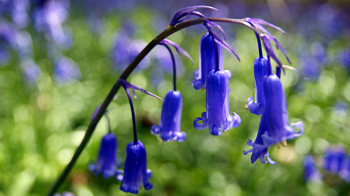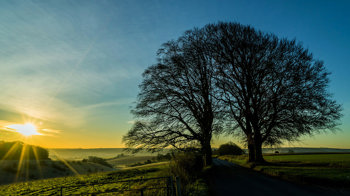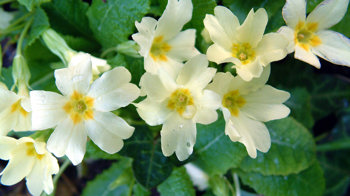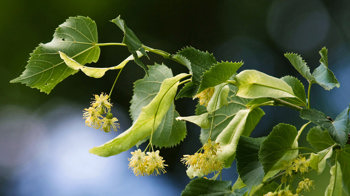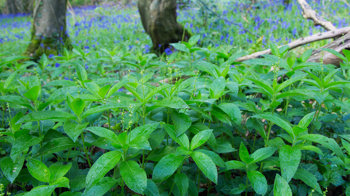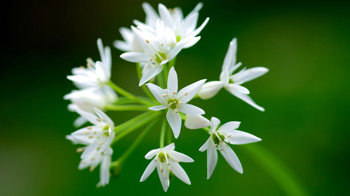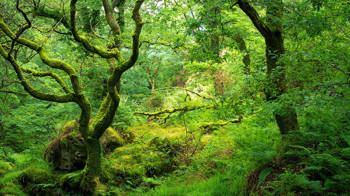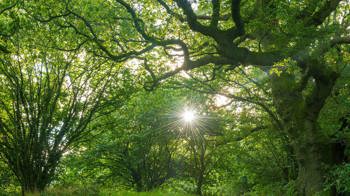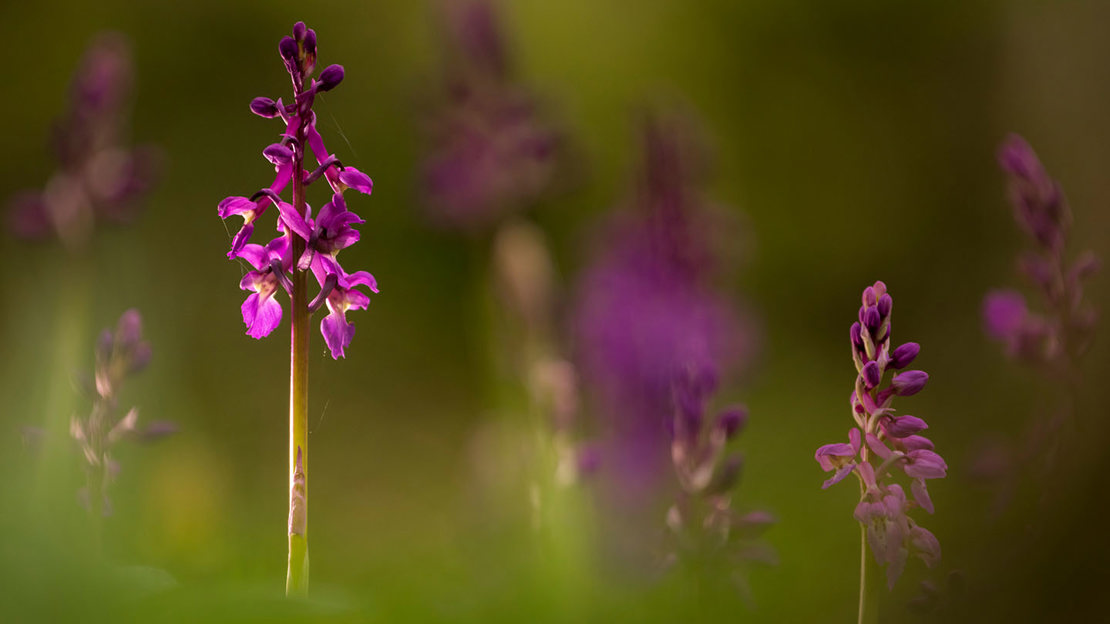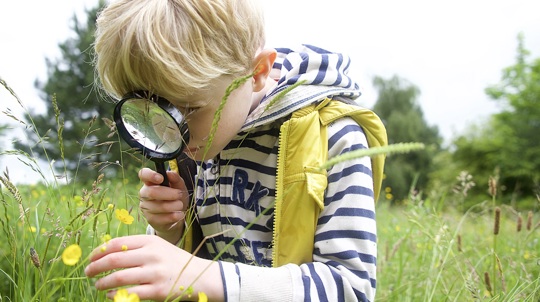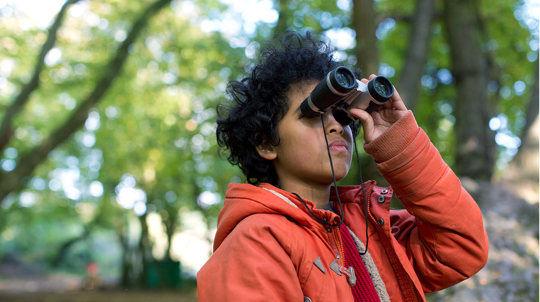The main visitor access into the wood is via a track from the car park off New Lane, into the western side of the wood. There is a bridleway gate on the main track coming off the road and there is a squeeze gap leading out of the car park onto the track. Other access points are along public rights of way from the south, north and east via kissing gates and bridleway gates.
These access points (permissive and public rights of way) link with several permissive paths and rights of way which run throughout the wood. The main track, which runs east to west, bisecting the wood, is topped with stone and is fairly steep near the entrance gate on the western side, but is the driest route. Other tracks leading from this are grass and are steep in places, with numerous wet areas that can be extremely muddy in wet weather. Two tracks, one to the north of the main track and one to the south of the main track, have recently been surfaced, allowing circular walks on surfaced paths. Both of these newly surfaced paths are steep in places.
A long-distance path, the Hardy Way, runs through the wood. Information boards installed at the three main entrances also highlight four walking routes.












